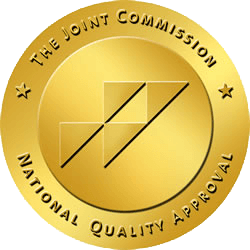Exercise therapy is an effective and natural way for teens to improve their physical, mental, and emotional health. It’s a form of therapy that helps…
It’s no secret that teens abuse alcohol. Unfortunately, the consequences of this kind of misuse can be devastating. That’s why it’s essential to understand the…
Adderall is a powerful stimulant for treating attention deficit/hyperactivity disorder (ADHD) and narcolepsy. While it can effectively treat these conditions, Adderall also carries the risk…
Teenagers love social media. From posting photographs to Instagram and participating in the latest TikTok dance craze, there is always a reason to be online.…
An assortment of mood-related changes often marks the teen years. With every action they take, they prepare for the next phase of their lives: adulthood.…
If your teen is experiencing mental health issues, you should know there are many ways to improve their emotional and psychological well-being. An excellent first…
For teenagers who are experiencing mental health issues, they are not alone. Among the various mental health problems that teenagers experience, depression is at the…
Mental health is an important topic to discuss, especially regarding teens. As the world changes each year, mental health trends shift and evolve. Understanding these…
Marijuana use is increasing among teens, and it’s important to understand the risks. While marijuana isn’t considered as addictive as other substances, some people may…
One of the most common questions people have about reversing the effects of marijuana is whether it’s even possible. While reversing long-term damage caused by…











